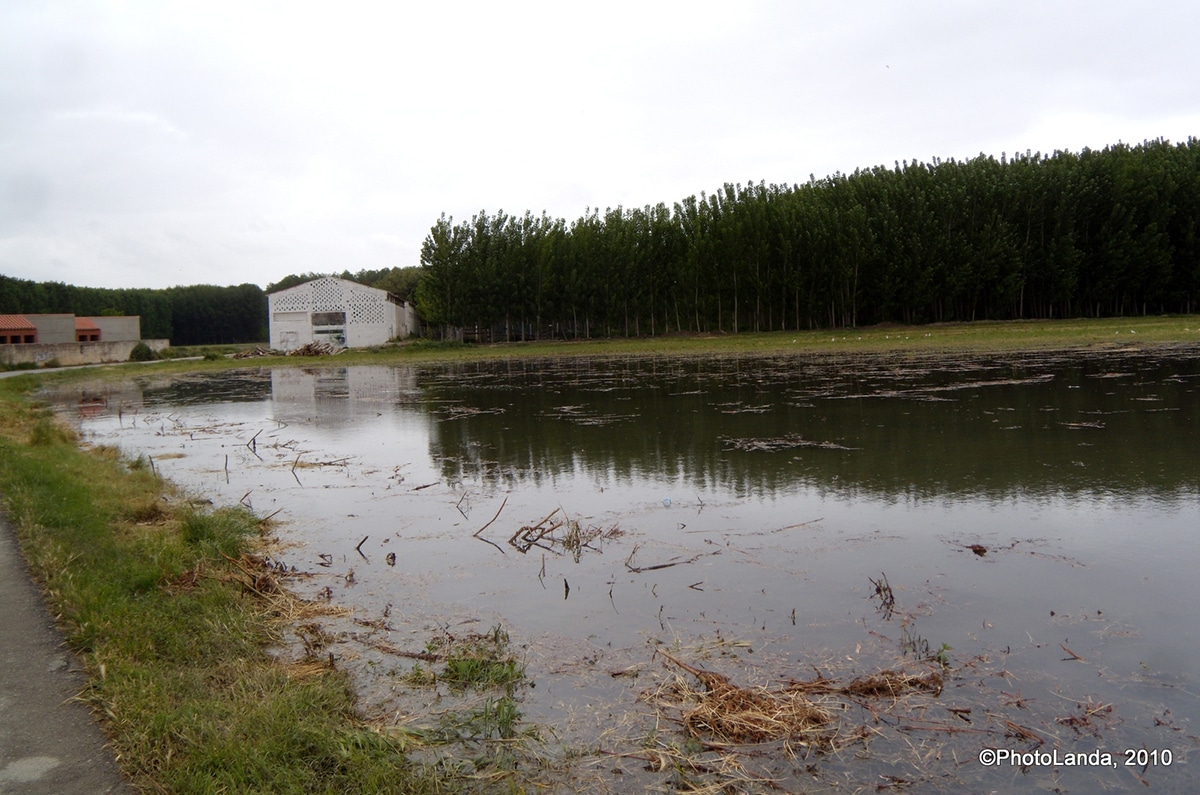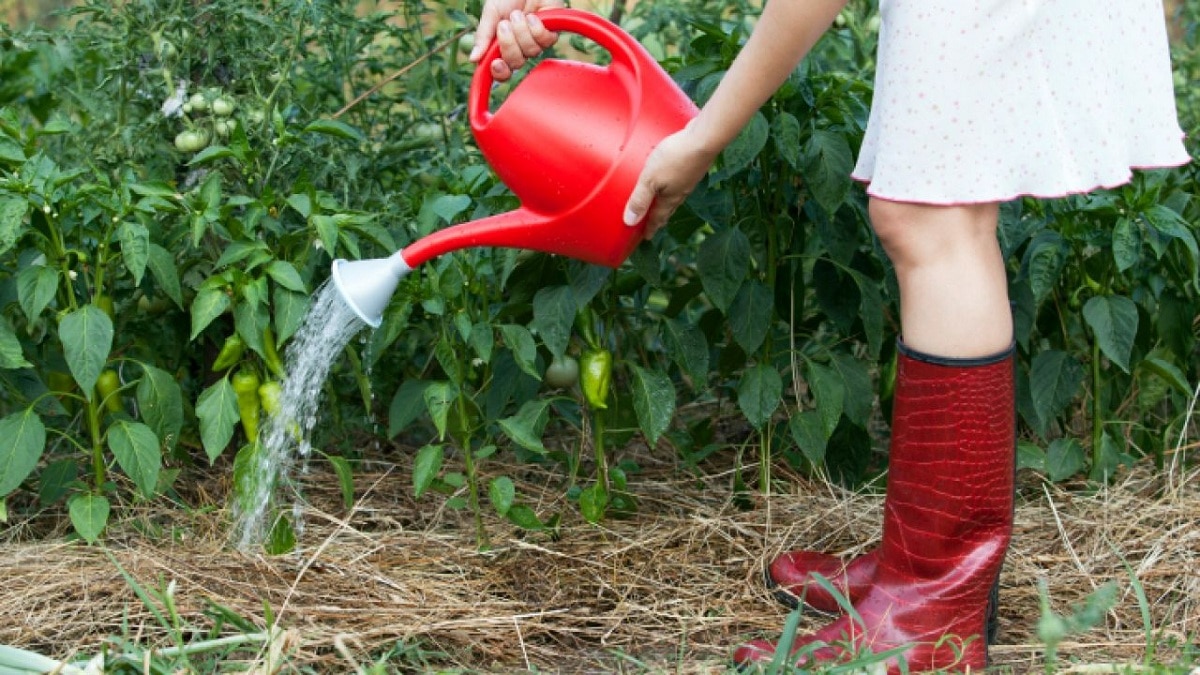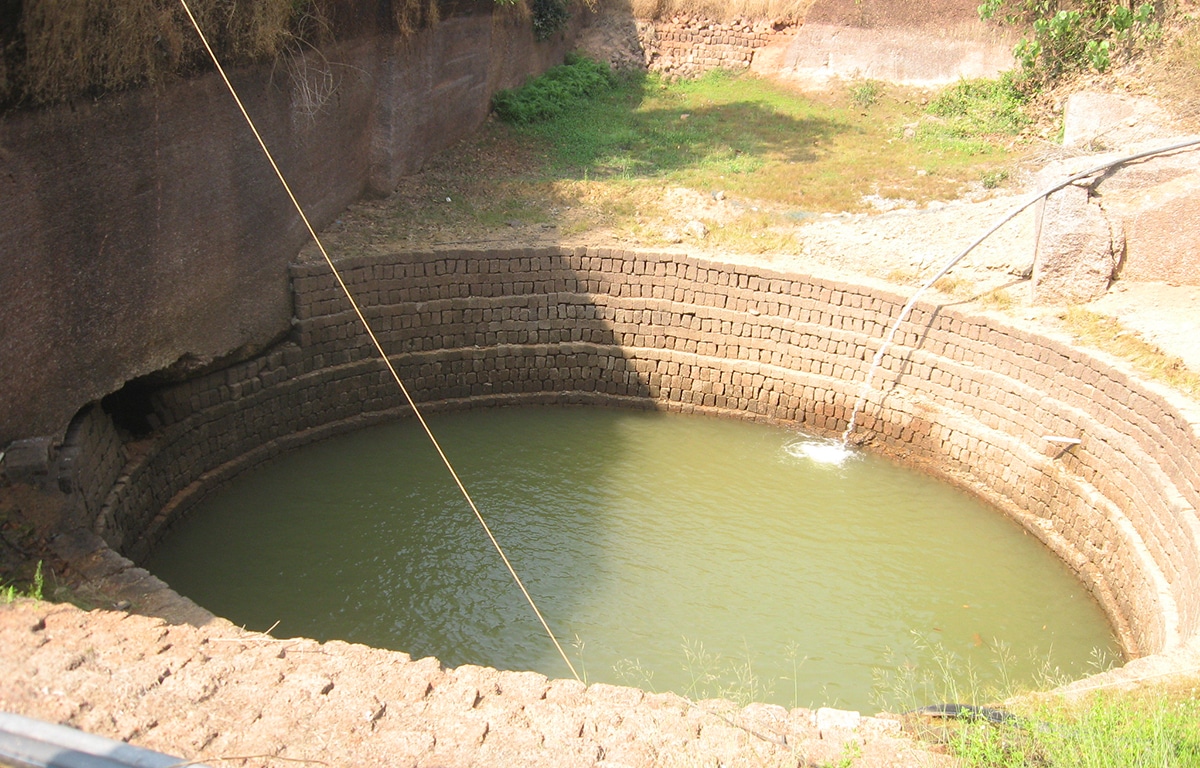
Surely it sounds like you have studied the different layers not only of the Earth, but also of the soil. Although it is true that this study is rather part of geology, some aspects are very important for agriculture, such as knowing what is the water table and how to take advantage of it. It is a clear example of how the various scientific branches can help each other.
As you may have already deduced, in this article we will explain what the water table is and what it is for, mentioning its usefulness in agriculture and its importance in the field of construction. We will also explain where exactly it is located, since the ground is divided into several levels. If you are curious about this topic, surely you will find it very interesting. Also, knowledge does not take up space!
What is the water table and what is it used for?

There are different ways to refer to the water table: water table, water table, water table, groundwater, water table or simply water table. It is basically a level at which both atmospheric pressure and water pressure are equal. In general, the relief of this layer is very similar to that of the normal surface, but it is somewhat smoother and can emerge to the outside through the formation of water deposits.
In other words: The water table is a level in which groundwater is found and whose depth is usually very low compared to ground level. We could say that it is a fairly shallow aquifer, since these are usually located in deeper areas. At this level, the gaps between the grains of the earth are filled with water, thus saturating the soil. If it were the case that the layer above it is permeable, there may be unsaturated soils. In these cases, the voids also contain air, not just water.
To raise the water table, a reduced and additional supply of water is enough. In this way, the unsaturated layer becomes a saturated layer. In the event that the thickness of the unsaturated layer, which becomes saturated, is relatively small and, in addition, the topography of the site is adequate, the water can reach the surface, becoming visible to our eyes. This is how lakes, ponds and ponds are created. In very serious cases, it can even trigger a flood. This type of surface is called a shallow water table.
Utility of the water table
Now that we know what the water table is, we are going to discuss its usefulness. Well, as surely you can already imagine, water sources and wells are connected to this level, and the water that comes from there may or may not be drinkable. Since it is not very deep, these aquifers are the most exposed to the contamination that we generate on the surface.
It should also be noted that the water table It is very advantageous for most agricultural crops, as long as the depth is adequate. This will depend mainly on the type of crop, of course. Some tolerate more water, that is, they support higher water tables, while others prefer lower ones.

Although everything may seem very good at first glance, the water table can also be a drawback. In the field of construction it is essential to know this concept, and for good reason: If an excavation is carried out below the water table, the risk of subsidence and instability is much greater. So you have to always keep that in mind.
When carrying out an excavation and/or a deep foundation, it is of the utmost importance to know whether the water table will be reached or not. Measures can be taken from this wood to prevent groundwater from passing through and ending up infiltrating. Physical barriers, pumping systems and also combinations of the two methods just mentioned are normally used as containment measures. To choose the most appropriate measure, the depth of the excavation and the type of terrain must be taken into account.
Where is the water table located?

To get an idea of where the water table is located, we are going to list the various levels and classify them from top to bottom.
- Floor or surface: It is the most superficial layer and is part of the unsaturated zone.
- Aeration zone: It is also part of the unsaturated zone. Here, the pores found in the soil can contain both air and water. At this level is located the hygroscopic water, which is the one that is adhered in a thin layer that surrounds the grains that are in the soil, and the capillary water. The latter is also found in the smallest pores. In addition, it is responsible for causing capillary tension in the saturated area that touches the water table and is partially saturated above.
- Water table: It is a relatively thin layer, compared to the others, that separates the aeration zone from the saturated zone.
- Hair fringe: It is usually slightly larger than the water table. It basically separates the unsaturated zone from the saturated zone. This is where the groundwater is located, which saturates the pores that are located in the soil of the saturation zone. Next to this area, the capillary fringe is usually waterproof.
- Saturated zone: It is composed of sediments and bedrock. In it, all the pores are full of water. This water is usually in transit between the cracks and the thickest pores and is called gravific water or gravitational water.
I hope I have clarified all your doubts about the water table, its usefulness and its location. As you can see, there is much more under our feet than just soil and insects. The Earth is full of mechanisms and strategies that help maintain living beings.